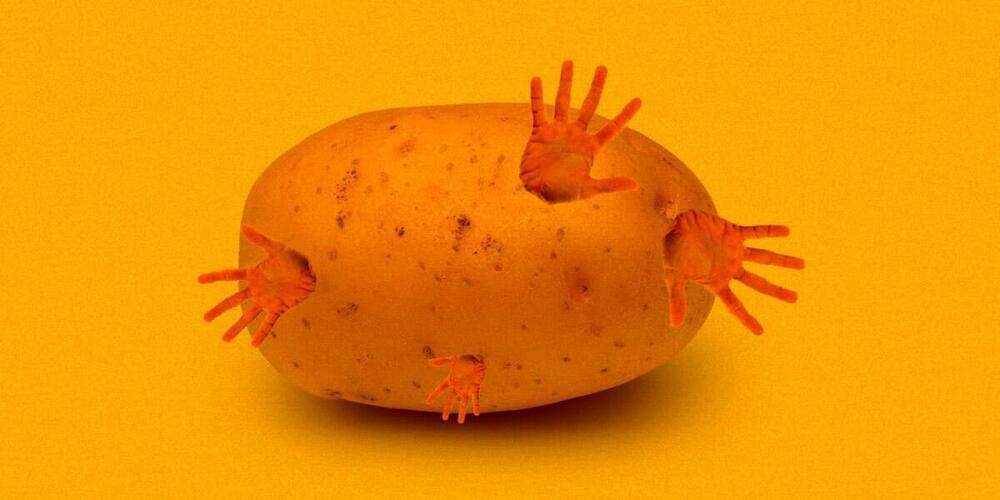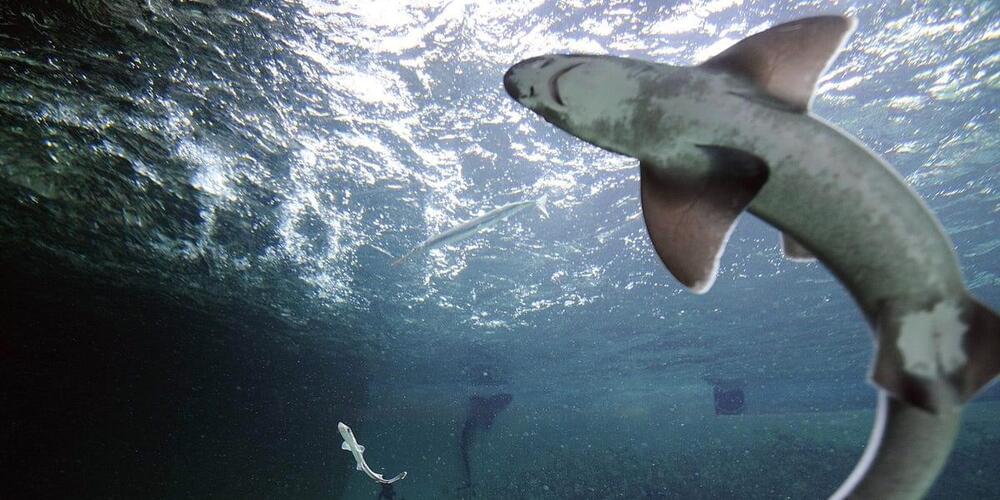New definitions of “habitable worlds” could include planets with global oceans under a steamy hydrogen atmosphere or exclude ones that started out habitable but lost all their water.
Batteries are widely used in everyday applications like powering electric vehicles, electronic gadgets and are promising candidates for sustainable energy storage. However, as you’ve likely noticed with daily charging of batteries, their functionality drops off over time. Eventually, we need to replace these batteries, which is not only expensive but also depletes the rare earth elements used in making them.
A key factor in battery life reduction is the degradation of a battery’s structural integrity. To discourage structural degradation, a team of researchers from USC Viterbi School of Engineering are hoping to introduce “stretch” into battery materials so they can be cycled repeatedly without structural fatigue. This research was led by Ananya Renuka-Balakrishna, WiSE Gabilan Assistant Professor of Aerospace and Mechanical Engineering, and USC Viterbi Ph.D candidate, Delin Zhang, as well as Brown University researchers from Professor Brian Sheldon’s group. Their work was published in the Journal of Mechanics and Physics of Solids.
A typical battery works through a repetitive cycle of inserting and extracting Li-ions from electrodes, Zhang said. This insertion and extraction expands and compresses the electrode lattices. These volume shifts create microcracks, fractures and defects over time.
A team of scientists found an unusual trick for growing bigger, heartier crops: inserting a human gene related to obesity and fat mass into plants to supersize their harvest.
Augmenting potatoes with the human gene that encodes a fat-regulating protein called FTO, which essentially alters the genetic code to rapidly mass-produce proteins, made otherwise identical potato plants grow crops that were 50 percent larger, Smithsonian Magazine reports. By growing more food without taking up more space for agriculture, the scientists say their work could help fight global hunger — without adding to its climate impact.
“It [was] really a bold and bizarre idea,” University of Chicago chemist Chuan He, coauthor of a paper published in Nature Biotechnology, told Smithsonian. “To be honest, we were probably expecting some catastrophic effects.”
Summary: Lower cholesterol levels may put people with schizophrenia at higher risk for violent behaviors, including self-harm and suicide. Researchers say lower cholesterol levels make brain cells less sensitive to serotonin, increasing symptoms of depression, impulsivity, and aggression.
Source: Brunel University.
Linked to lower risk of heart attacks and strokes, low cholesterol may also be a sign people with schizophrenia are at high risk of self-harm, suicide and violence.
Scientists say a rare shark “virgin birth” may be the first of its kind after a baby shark was born in an all-female tank in an Italian aquarium.
The baby smoothhound shark, named Ispera, which means hope in Sardianian, was born at the Acquario di Cala Gonone in Sardinia, Italy, according to Italian outlet AGI.
Its mother had spent ten years living in a tank with one other female, the outlet said, and scientists suspect the newborn could be the first documented case of shark parthenogenesis in that species.
A team of researchers may have found an antibody that can neutralize all known novel coronavirus strains, including the developing variants.
GlaxoSmithKline and Vir Biotechnology recently conducted a huge collaborative study by scientists and developed a new antibody therapy, called Sotrovimab. During the project, they discovered a new natural antibody “that has remarkable breadth and efficacy,” according to the Berkeley Lab.
The scientists reportedly discovered a new antibody, called S309, which “neutralizes all known SARS-CoV-2 strains — including newly emerged mutants that can now ‘escape’ from previous antibody therapies — as well as the closely related original SARS-CoV virus,” according to a press release from the Berkeley Lab.
This week: A look at who could succeed Apple Chief Executive Officer Tim Cook when he eventually retires, the company settles a $100 million lawsuit with developers and gives up basically nothing, and details on plans for a larger Apple Watch.
The Starters
This past week marked Tim Cook’s 10-year anniversary as Apple Inc.’s CEO. After a decade on the job and with the end of his reign closer than the beginning, it’s time to take another look at who could one day succeed him.
Tesla and SpaceX CEO Elon Musk is highly concerned about lack of competition if Nvidia acquires British chip designer ARM for $54 Billion according to The Telegraph.
Nvidia Corporation is an American multinational technology company which designs graphics processing units for the gaming and professional markets and mobile computing. Arm Limited is a British Technology company primarily involved in design of ARM processors. Nvidia as of today seeking approval of the $54 Billion acquisition of ARM from US authorities and EU.
According to Telegraph, Elon Musk expressed concern right after Amazon and Samsung Electronics has lodged opposition to the deal with U.S. authorities. Few months ago U.S. Federal Trade Commission opened an in-depth probe into the takeover.
Favorite part at 19:06, Bioinformatics with Rutgers University attacking the hallmarks of aging.
#genetherapy, #immortality, #bioinformatics.
Awesome Health Podcast Episode 155
According to this episode’s guest: Liz Parrish, people should be demanding access to the latest gene therapy treatments.
According to Liz, effective gene therapy that treats and heals a plethora of diseases could be in place today if not for the human race’s mistakes in prioritizing our funds. Trillions of dollars have been invested in war machines, for example, when we could have used that money to advance humanity into a healthier, more productive, and enjoyable way of life.









